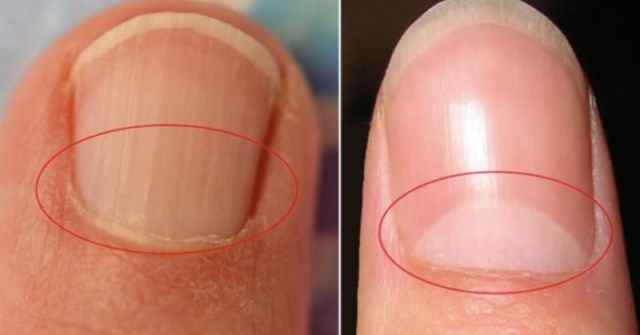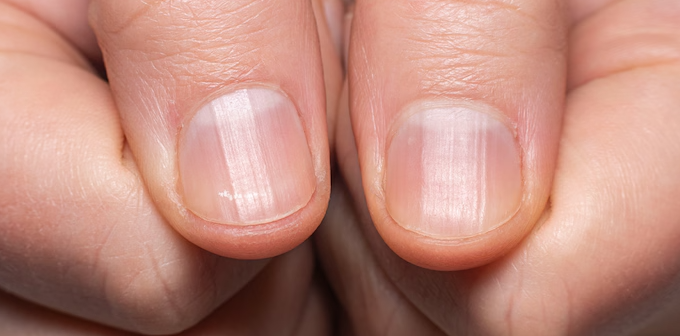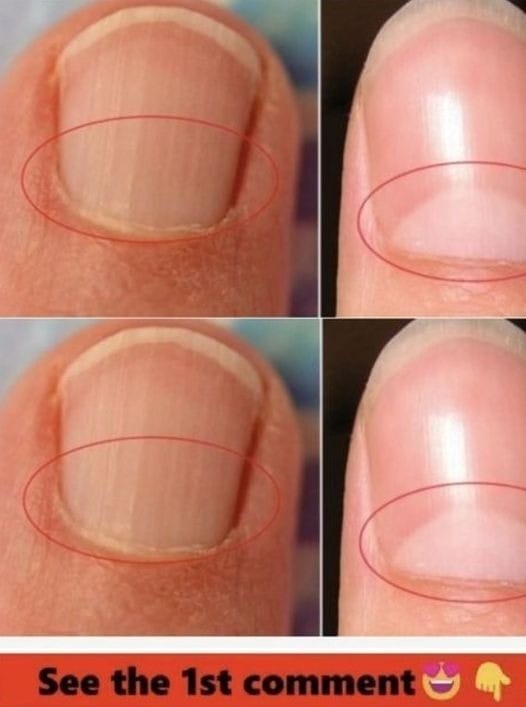The half-moon shapes at the base of your fingernails, known as lunulae, are more than just aesthetic features. They can provide insights into your overall health. While their absence isn’t always a cause for concern, it’s essential to understand what missing lunulae might indicate.
What Are Lunulae?
Lunulae are the visible portions of the nail matrix, appearing as whitish, crescent-shaped areas at the base of your nails. They are most prominent on the thumbs and may be less visible or absent on other fingers. The lunula plays a role in nail growth and health.

Common Reasons for Missing Lunulae
- Natural Variation: For many individuals, lunulae are naturally less visible or hidden beneath the skin at the base of the nail. This is especially common on the little fingers. In such cases, the absence of visible lunulae is normal and not indicative of any health issue.
- Anemia: A lack of lunulae can be associated with anemia, a condition characterized by a deficiency of red blood cells or hemoglobin. Symptoms of anemia include fatigue, weakness, and pale skin.
- Malnutrition: Nutritional deficiencies, particularly in vitamins and minerals like vitamin B12 and iron, can lead to changes in nail appearance, including the disappearance of lunulae.
- Depression: Some studies have found a correlation between the absence of lunulae and depression. In these cases, the number of missing lunulae increased with the severity of depression.
- Chronic Kidney Disease (CKD): Patients with CKD may exhibit absent lunulae. This association is thought to be related to anemia and other metabolic changes occurring in CKD.
- Heart and Lung Conditions: Diseases such as chronic obstructive pulmonary disease (COPD) and heart failure can cause changes in the lunulae, including discoloration or disappearance.
- Liver Disease: Conditions like cirrhosis can lead to changes in nail appearance, including the loss of lunulae. This is often accompanied by other symptoms like jaundice and fatigue.
While the absence of lunulae can be a benign variation, it’s advisable to seek medical attention if you notice other accompanying symptoms:
- Persistent fatigue or weakness
- Unexplained weight loss
- Shortness of breath
- Changes in nail color or texture
A healthcare provider can perform appropriate tests to determine if there’s an underlying condition requiring treatment.

To support healthy nails and potentially prevent changes in lunulae:
- Balanced Diet: Ensure adequate intake of essential nutrients, including iron, vitamin B12, and protein.
- Hydration: Drink sufficient water to maintain overall health.
- Regular Check-ups: Routine medical examinations can help detect and address health issues early.
- Avoid Harmful Habits: Refrain from biting nails or using them as tools, which can damage the nail matrix.
While missing lunulae are often a normal variation, they can sometimes signal underlying health conditions. Being attentive to changes in your nails and overall health is crucial. If you have concerns, consult a healthcare professional for a comprehensive evaluation.

















